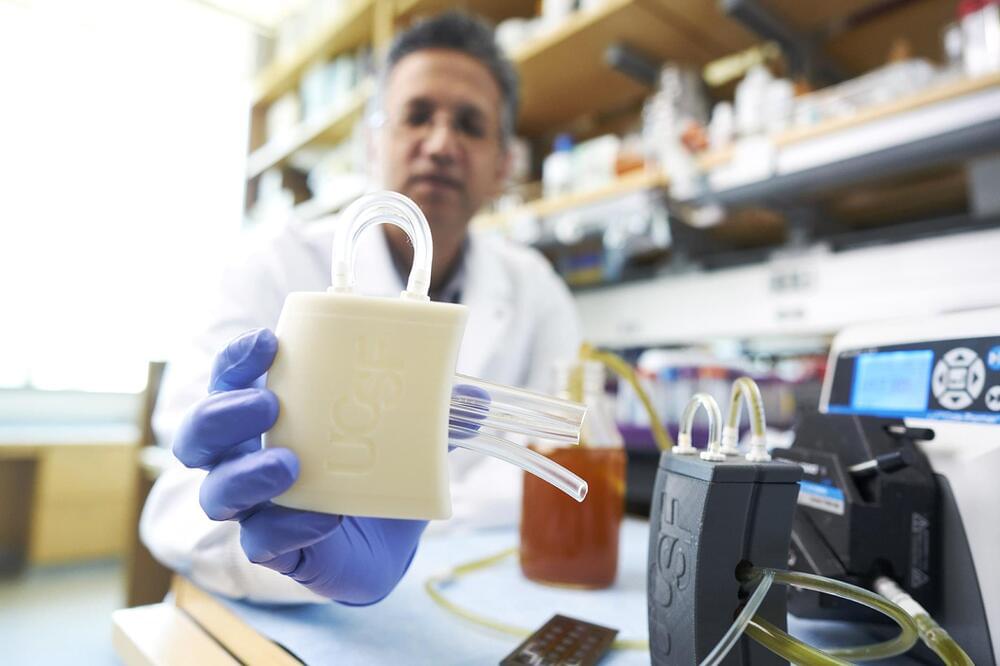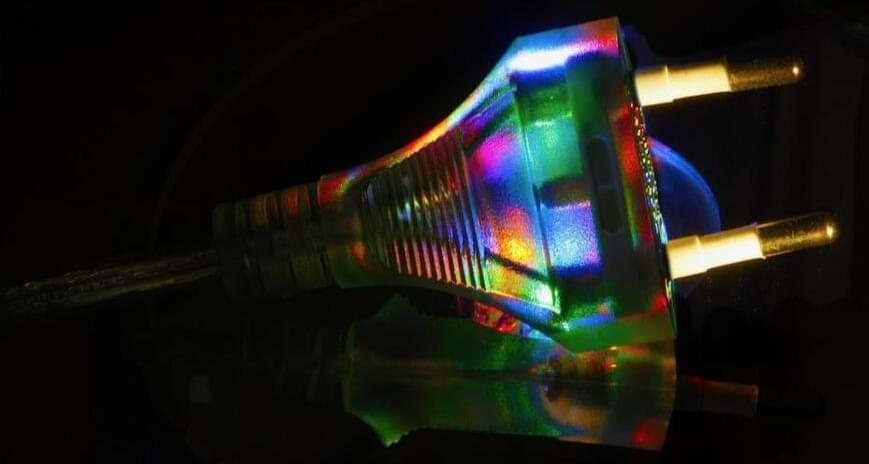Throughout Gray’s life before she got the treatment, the deformed, sickle-shaped red blood cells caused by the genetic disorder would regularly incapacitate her with intense, unpredictable attacks of pain. Those crises would send Gray rushing to the hospital for pain medication and blood transfusions. She could barely get out of bed many days; when she became a mom, she struggled to care for her four children and couldn’t finish school or keep a job.
But then she received the treatment on July 2, 2019. Doctors removed some of her bone marrow cells, genetically modified them with CRISPR and infused billions of the modified cells back into her body. The genetic modification was designed to make the cells produce fetal hemoglobin, in the hopes the cells would compensate for the defective hemoglobin that causes the disease.
A Mississippi woman’s life has been transformed by a treatment for sickle cell disease with the gene-editing technique CRISPR. All her symptoms from a disease once thought incurable have disappeared.




